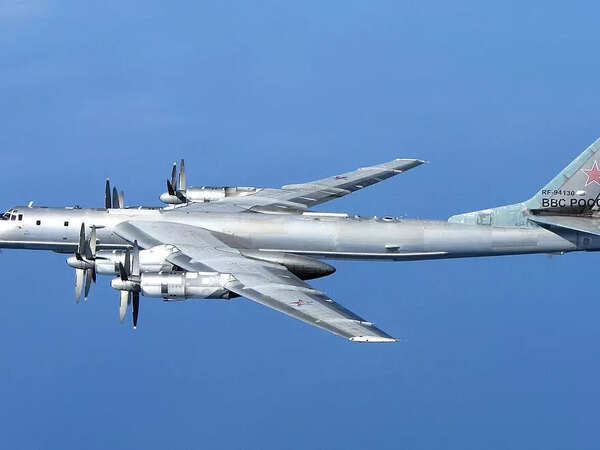Washington – In a dramatic show of force, U.S. fighter jets intercepted Russian warplanes approaching Alaska airspace, just days after similar activity over Europe heightened global concerns about Moscow’s military maneuvers.
According to U.S. defense officials, advanced Russian strategic bombers and escort jets were detected by early warning systems as they moved toward the Alaskan Air Defense Identification Zone (ADIZ). Within minutes, American F-16s, supported by an airborne early warning plane, scrambled to shadow and push back the Russian aircraft.
The U.S. military confirmed the warplanes never entered sovereign U.S. airspace but described the interception as “necessary and professional.” The encounter ended without incident, with the Russian jets eventually turning back after what officials characterized as a “perfect send-off.”
This marks one of the most high-profile aerial encounters in the region this year, underscoring rising tensions between Washington and Moscow. Military analysts noted that Russia often sends long-range bombers close to NATO and U.S. airspace as both a show of strength and a test of air defenses. The latest incident, coming on the heels of similar flights near Europe, suggests a deliberate strategy to project military reach on multiple fronts.
Pentagon officials reassured the public that the interception was routine and demonstrated the readiness of U.S. forces to respond to potential threats. “Our airmen acted swiftly, decisively, and professionally,” one senior official said, adding that such encounters are closely monitored to avoid escalation.
The Alaskan skies have long been a testing ground for aerial cat-and-mouse games between U.S. and Russian forces, dating back to the Cold War. While direct confrontation has been avoided, each encounter serves as a reminder of the fragile balance maintained by constant vigilance.
For Washington, the latest interception highlights both the capabilities of its air defense network and the seriousness with which it views Russian provocations. For Moscow, the flight likely aimed to send a signal of endurance in the face of Western sanctions and military pressure.
With tensions already at a high point in Ukraine and Europe, the incident near Alaska adds yet another layer to the uneasy standoff between two of the world’s most powerful militaries.

